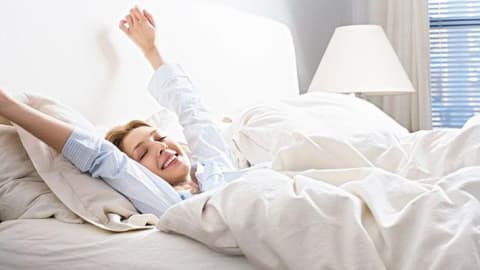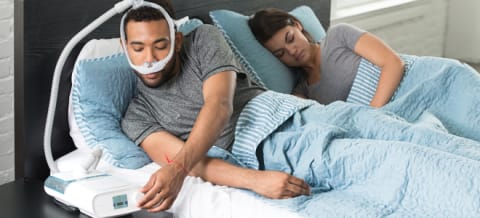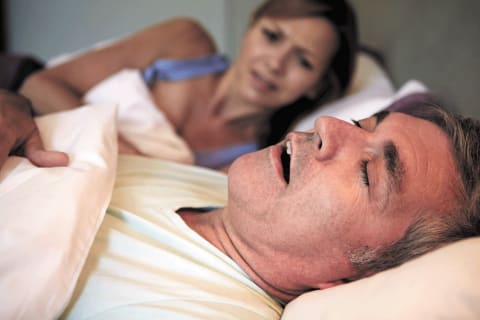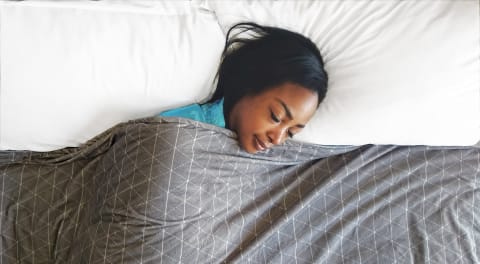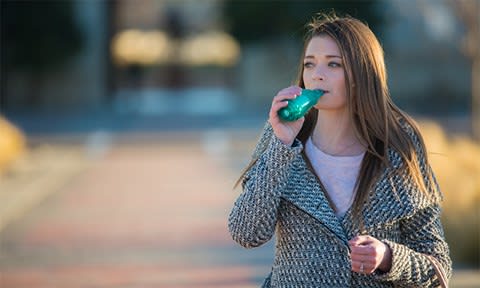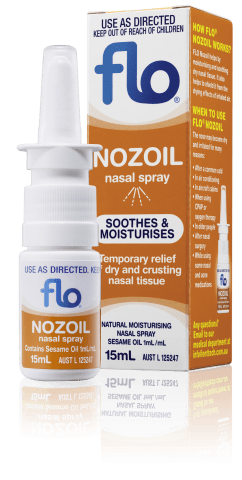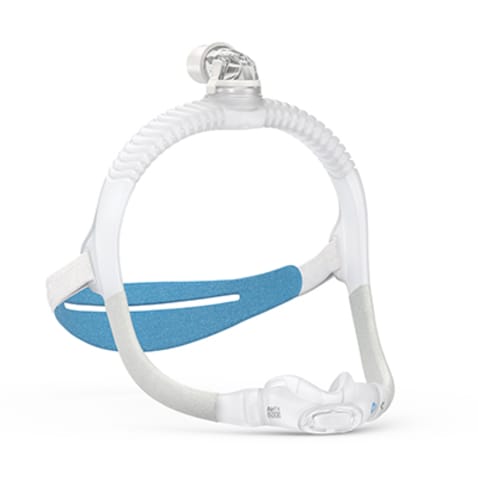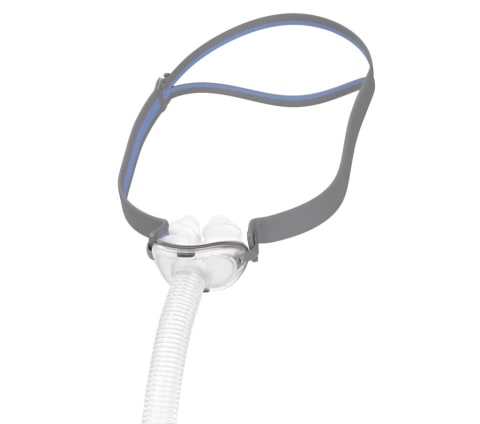Best CPAP Mask For Side Sleepers
Why Sleeping on Your Side Can Complicate Mask Fit and Comfort
Side sleeping has many benefits for those with obstructive sleep apnea — it can reduce airway obstruction, lower snoring, and even improve oxygen levels. But it also presents some unique challenges when it comes to CPAP mask use.
When you sleep on your side, your mask can press into your pillow, which may shift the cushion, break the seal, or cause pressure marks on your skin. Tubing can also get in the way, especially if it exits from the front of your mask and pulls downward as you move. If your mask doesn’t accommodate these factors, you may experience more leaks, noise, or general discomfort — all of which can make therapy feel like a chore.
Choosing a Mask Style That Moves With You — Not Against You
Side sleepers tend to do best with mask styles that are:
- Low-profile and lightweight, to reduce facial pressure
- Flexible and secure, to maintain seal during movement
- Equipped with top-of-head tubing, to reduce hose drag and twisting
For many, nasal pillow masks like the ResMed AirFit P10 are ideal. These sit snugly at the nostrils with virtually no facial contact, making them well-suited to side sleepers who don’t breathe through their mouth. The Fisher & Paykel Evora Nasal Mask is another popular choice, offering a soft, secure cradle design with minimal disruption to sleep posture.
Mouth breathers or those requiring higher pressure may need a full face mask, but that doesn’t mean comfort has to be sacrificed. The ResMed AirFit F30i and Philips DreamWear Full Face Mask both feature tubing that connects at the top of the head and offer under-the-nose cushions that minimise cheek contact — making them much more compatible with side sleeping than traditional, bulkier full face models.
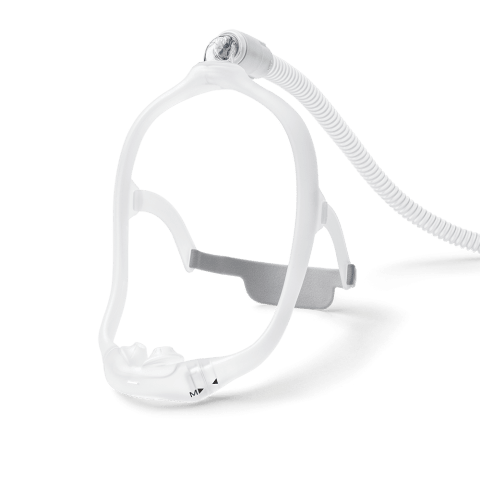 Philips Respironics DreamWear Silicone Nasal Pillows CPAP Mask
Philips Respironics DreamWear Silicone Nasal Pillows CPAP Mask
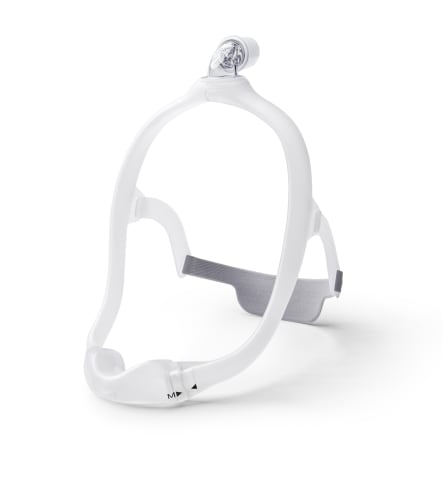 Philips Respironics DreamWear Under the Nose Nasal CPAP Mask
Philips Respironics DreamWear Under the Nose Nasal CPAP Mask
 ResMed AirFit P10 AirMini Mask Pack (only compatible with AirMini)
ResMed AirFit P10 AirMini Mask Pack (only compatible with AirMini)
The Importance of Testing Your Mask While Lying Down
Many people try their CPAP masks for the first time while sitting upright — and while that’s helpful for getting familiar with the basics, it doesn’t tell the full story. Side sleepers in particular need to know how their mask behaves under pressure, literally, when lying in bed.
That’s why our team always recommend replicating your sleep position during mask fitting, and will be more than happy to walk you through how to:
- Lie on your side with your mask on and machine running
- Monitor for leaks at the pillow-side cheek
- Test the seal when moving from side to side
- Check whether tubing tugs or pulls with head movement
This real-world testing helps uncover issues that might not show up in a static fitting and ensures you’re not waking up to air leaks or discomfort. We also offer CPAP pillows with contoured cut-outs to accommodate the mask and tubing — a great way to improve seal security and sleep posture at the same time.
How the Right Accessories Can Improve Comfort and Seal
While the mask itself is essential, side sleepers often find that a few simple CPAP accessories can significantly improve therapy comfort and consistency. At Sove, we often recommend the following:
- Contour CPAP pillows: These have dips or cut-outs to reduce mask pressure and maintain a neutral neck position while sleeping on your side.
- Hose lifts or holders: These suspend the tubing above your head or bed, reducing drag and preventing your mask from shifting.
- Mask liners: These fabric barriers sit between your face and the cushion, helping reduce leaks caused by skin oils and improving comfort.
- Headgear pads or strap covers: These soften contact points and help prevent red marks — especially useful for side sleepers who feel the strap on their cheek.
Side Sleeping and CPAP: It’s All About Personal Fit
What works for one side sleeper may not work for another — that’s why personalisation and professional guidance matter. Your facial structure, breathing style, pressure settings, and pillow height all play a role in finding the perfect CPAP mask setup.
Whether you’re brand new to CPAP or just looking for a more comfortable side-sleeper solution, we’ll work with you to find a mask that helps you sleep peacefully — in the position you prefer.
ALWAYS FOLLOW THE DIRECTIONS FOR USE. CPAP is used for Obstructive Sleep Apnoea treatment. When considering whether CPAP is right for you, speak to your doctor. Payment plans available for approved applicants only; fees, terms, conditions, minimum amounts and exclusions apply.

